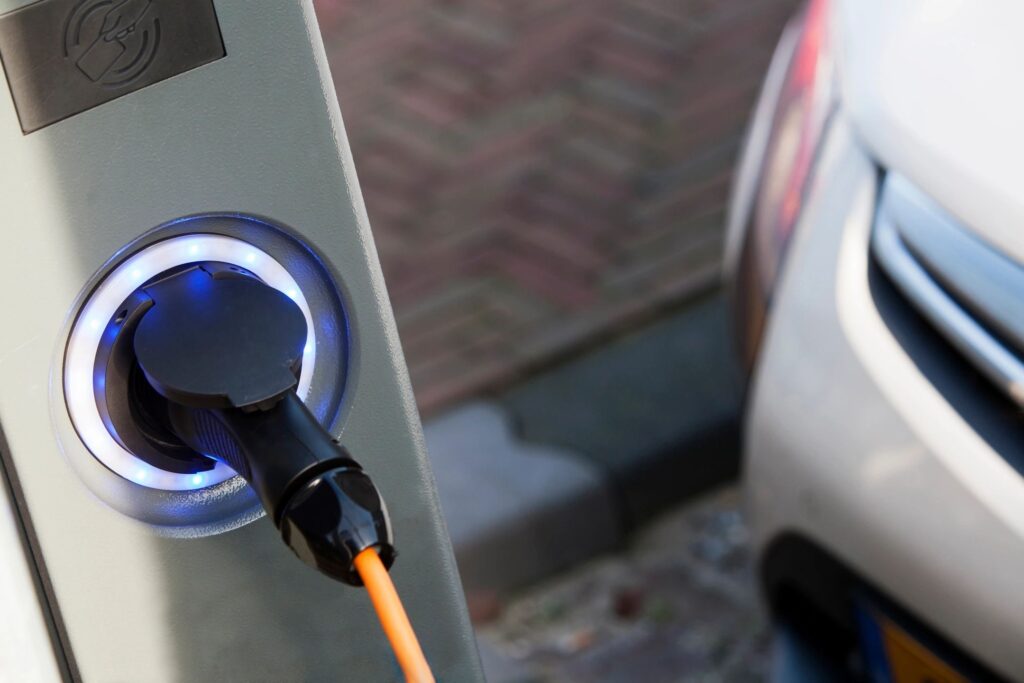
Tax and Accounting Services
About DuPage Tax Solutions
DuPage Tax Solutions is located in Naperville, IL. Our clients are mostly residents and small businesses within the Chicago metropolitan area – DuPage, Cook, Will, and Lake counties. Our remote work capabilities allowed us to extend our services nationwide. Today, we pride ourselves in having clients from all 50 states. Our virtual services are fast, easy, and convenient. Clients submit and review documents electronically through our secured online portal.
Clean Vehicle Tax Credit

The Clean Vehicle Tax Credit is a federal tax incentive designed to promote electric and plug-in hybrid vehicles. Specifically, this credit, enacted as part of the Inflation Reduction Act on August 16, 2022, offers substantial savings for individuals purchasing qualifying vehicles. Moreover, eligibility depends on several factors, such as the purchase date, battery requirements, income limits, and the Manufacturer’s Suggested Retail Price (MSRP). Read on to learn how to maximize your savings with this credit.
Home » Clean Vehicle Tax Credit
Clean Vehicle Tax Credit for Vehicles Placed in Service Before April 17, 2023
To begin with, for vehicles placed in service before April 17, 2023, the maximum credit amounts are:
- $7,500 for new electric vehicles
- $4,000 for used electric vehicles
The base credit starts at $2,500, with an additional $417 for a vehicle with at least 7 kilowatt hours and $417 for each kilowatt-hour (kWh) of battery capacity over five kWh. For example, a battery with eight kWh capacity qualifies for $3,751 ($2,500 + $417 x 3).
Clean Vehicle Tax Credit for Vehicles Placed in Service After April 18, 2023
However, starting April 18, 2023, additional requirements apply for qualifying vehicles, splitting the credit into two equal parts:
- Battery Component Requirement: A specific percentage of the battery must be manufactured or assembled in North America.
- Critical Minerals Requirement: A percentage of critical minerals used in the battery must be sourced from the U.S. or countries with free trade agreements.
Note that meeting only one requirement earns you a partial credit of $3,750.
Here are the requirements for both components for qualifying vehicles by year:
Battery Requirement Percentage By Year
- 2023: 50%
- 2024-2025: 60%
- 2026: 70%
- 2027: 80%
- 2028: 90%
- 2029-2032: 100%
Critical Minerals Requirement By Year:
- 2023: 40%
- 2024: 50%
- 2025: 60%
- 2026: 70%
- 2027-2032: 80%

Qualification Requirements for the Clean Vehicle Tax Credit
Purchase Rules Based on Date
- Between August 17, 2022, and December 31, 2022: The final assembly must occur in North America. Additionally, check the U.S. Department of Energy website for eligible vehicles.
- Before August 17, 2022: Vehicles under a binding contract before this date do not require final assembly in North America.
Income limits for the Clean Vehicle Tax Credit
Your eligibility also depends on your Modified Adjusted Gross Income (MAGI) and whether the vehicle is new or used. Also, you can use your MAGI from the year of delivery or the year prior.
New Vehicles:
Filing Status MAGI Limit
Single $150,000
Head of Household $225,000
Married Filing Jointly $300,000
Used Vehicles:
Filing Status MAGI Limit
Single $75,000
Head of Household $112,500
Married Filing Jointly $150,000
Manufacturer's Suggested Retail Price (MSRP)
Specifically, the MSRP is the carmaker’s sale price recommendation to the dealer.
The MSRP of the vehicle must not exceed these limits:
- Vans, SUVs, and trucks: $80,000
- Used vehicles: $25,000
- Other types: $55,000
However, taxes and other fees do not count toward the MSRP for credit eligibility.
How to Claim the Clean Vehicle Tax Credit
You have two options for claiming the credit. One option is to wait to claim it on your tax return. The other option is to transfer the credit to the dealer, lowering your purchase price. However, if your income exceeds the limitations, you will be required to pay the money back to the IRS.
Is the Credit Refundable or Nonrefundable?
The credit is nonrefundable, meaning it cannot be greater than your tax liability. In addition, The IRS does not allow you to carry over excess amounts to future tax years.
How to Ensure Your Vehicle Qualifies
In conclusion, to verify eligibility, visit the U.S. Department of Energy’s FuelEconomy.gov website. This resource provides updated information on qualifying vehicles and specific requirements for the Clean Vehicle Tax Credit. Additionally, it can guide you in understanding the necessary steps to claim your credit.
You May Also Like These


Household Employee Tax Basics

Tax Planning for Major Life Events

Summer Tax Planning Tips
Ready to Take Control of Your Finances?
Contact us today for personalized tax, accounting, and advisory services tailored to your needs. Let’s work together to achieve your financial goals!

Contact Info
Ph. (630) 909 9700
Email: DPTax@DP-Tax.com
Mail address:
1552 Illinois Rte 59 #1037
Naperville, IL 60564
Business Hours
Mon: 11 am – 7 pm
Tue: 11 am – 7 pm
Wed: 11 am – 7 pm
Thu: 11 am – 7 pm
Fri: 11 am – 7 pm
Sat: 12 pm – 5 pm
Sun: CLOSED
Helpful Links
© 2024 DuPage Tax Solutions | Site Map | Privacy Policy | Disclaimer
